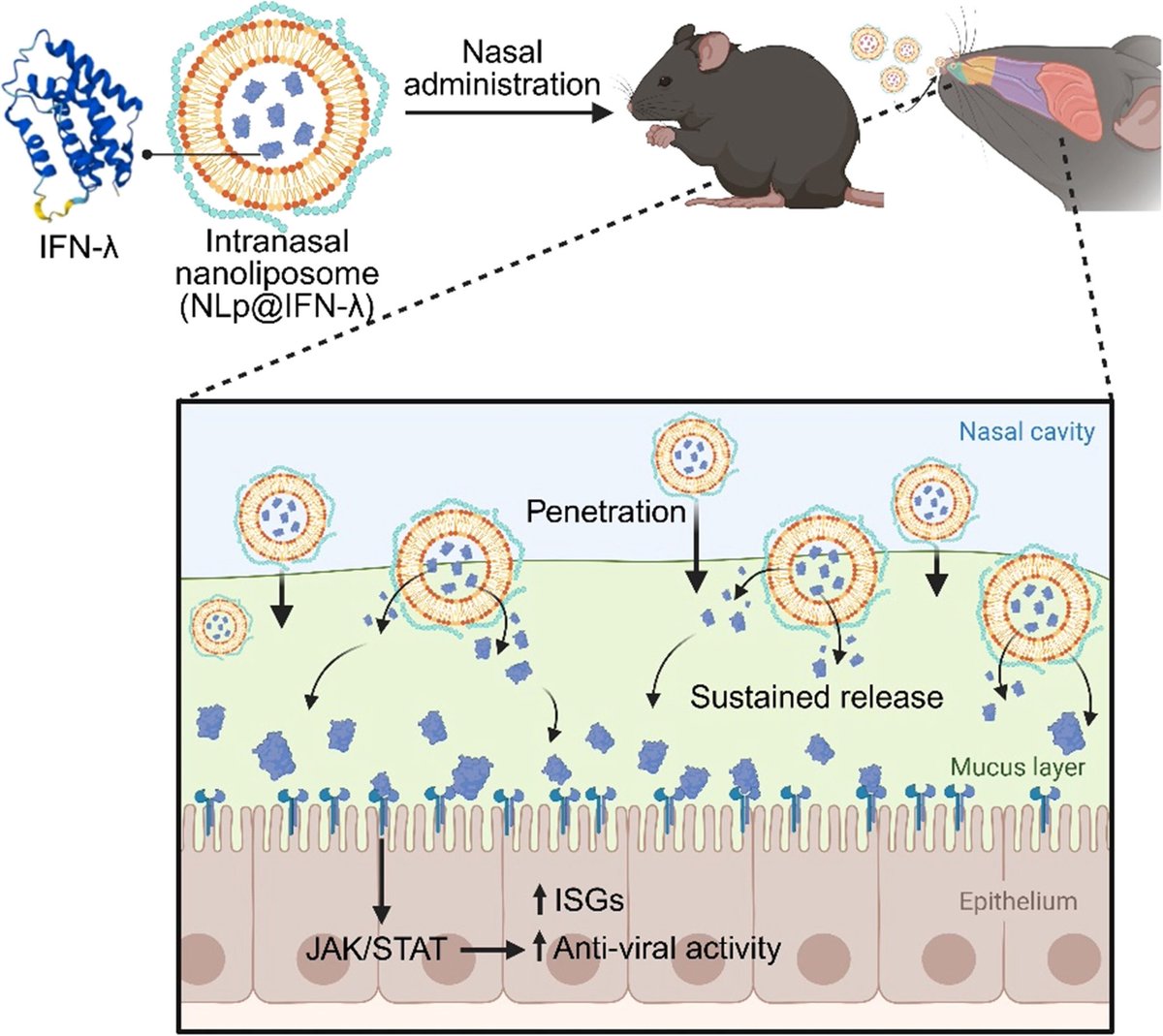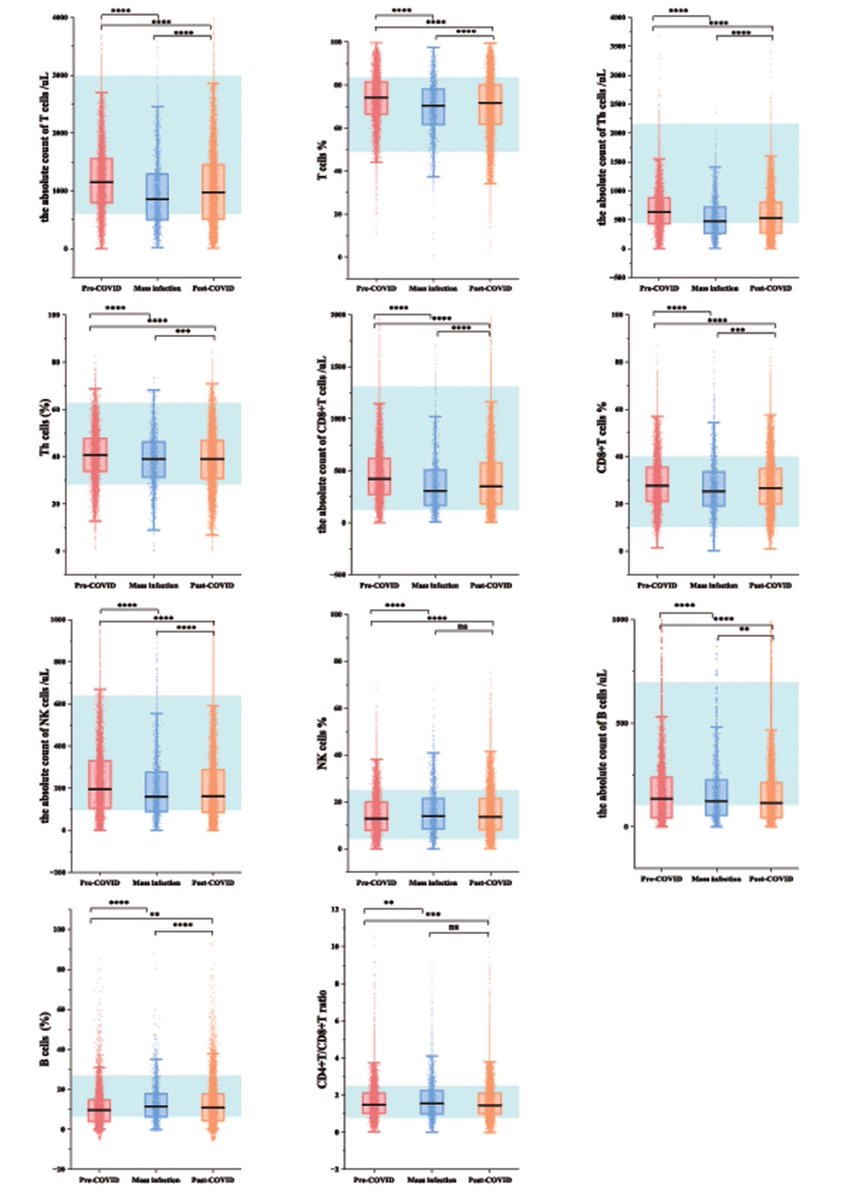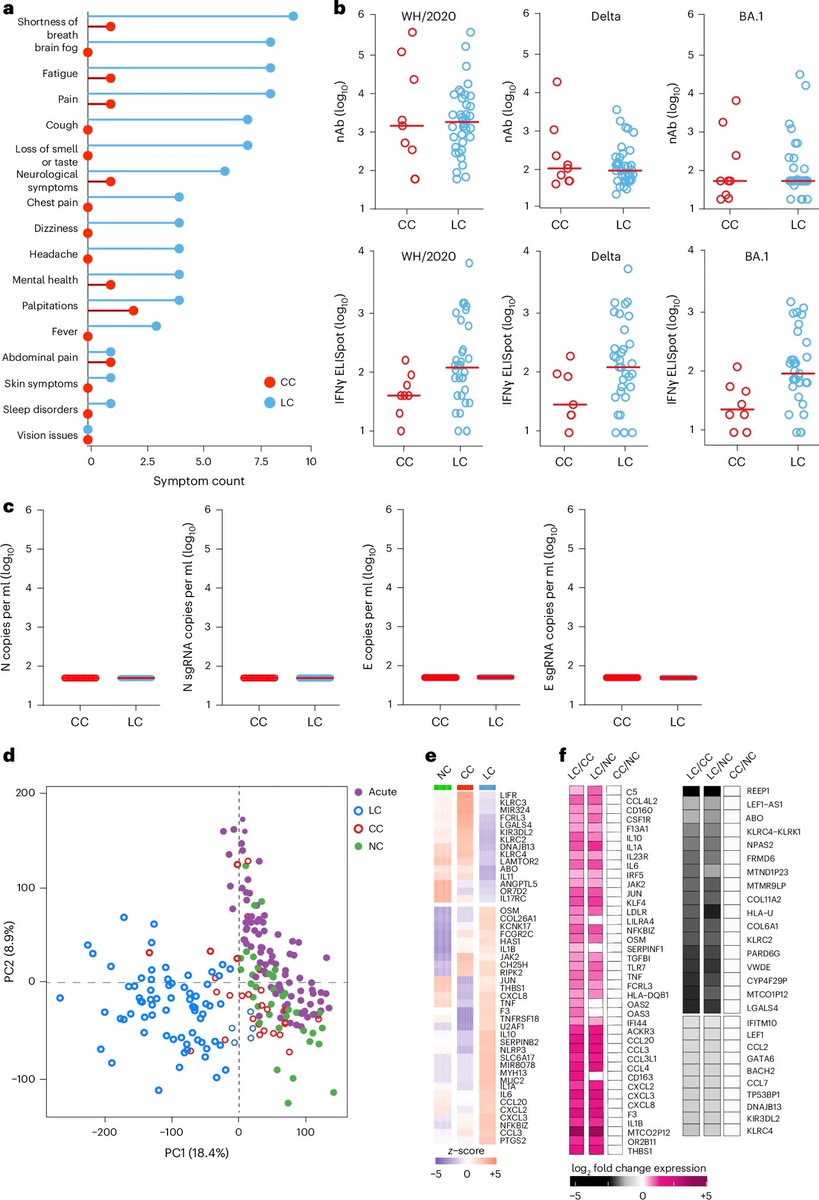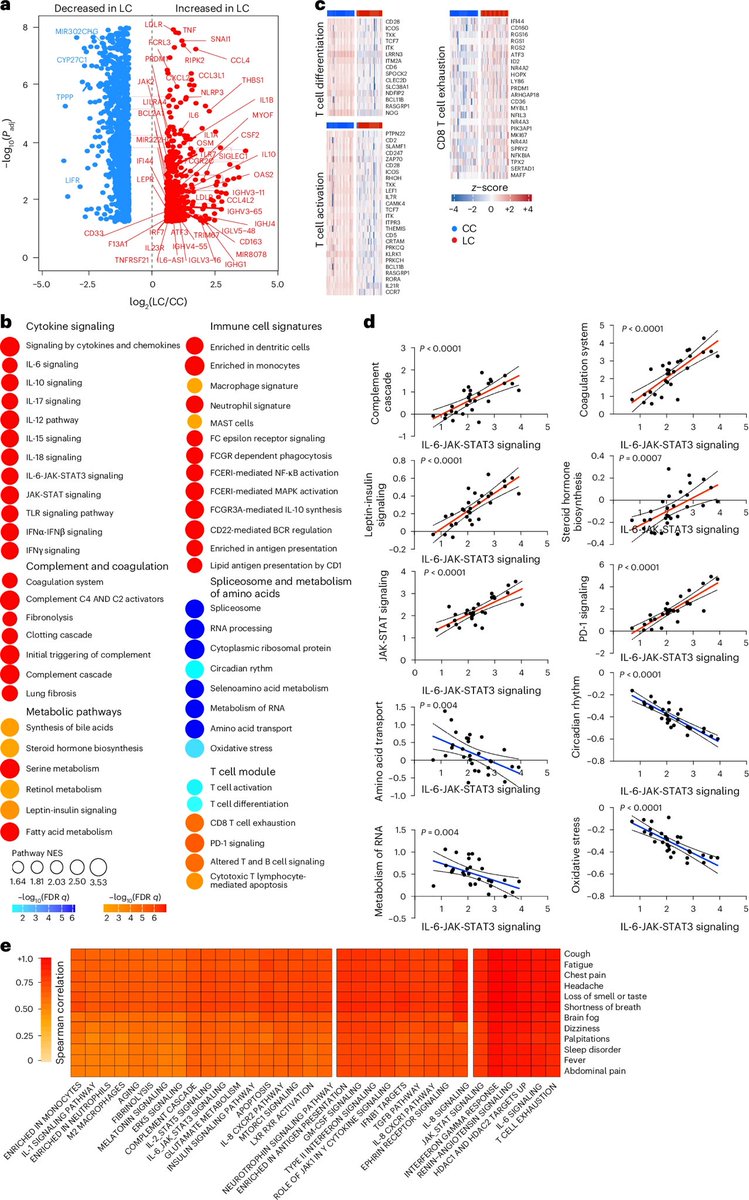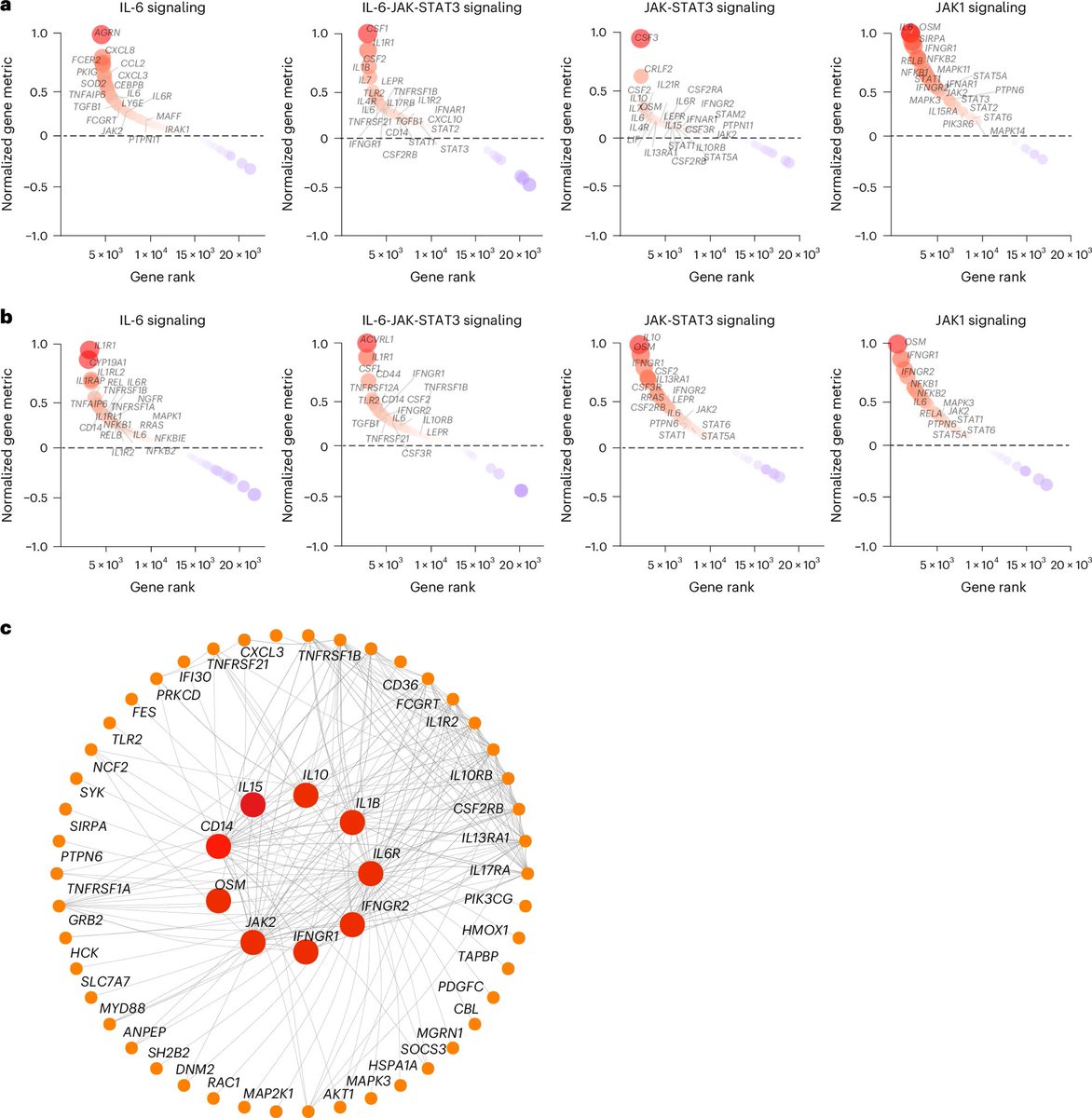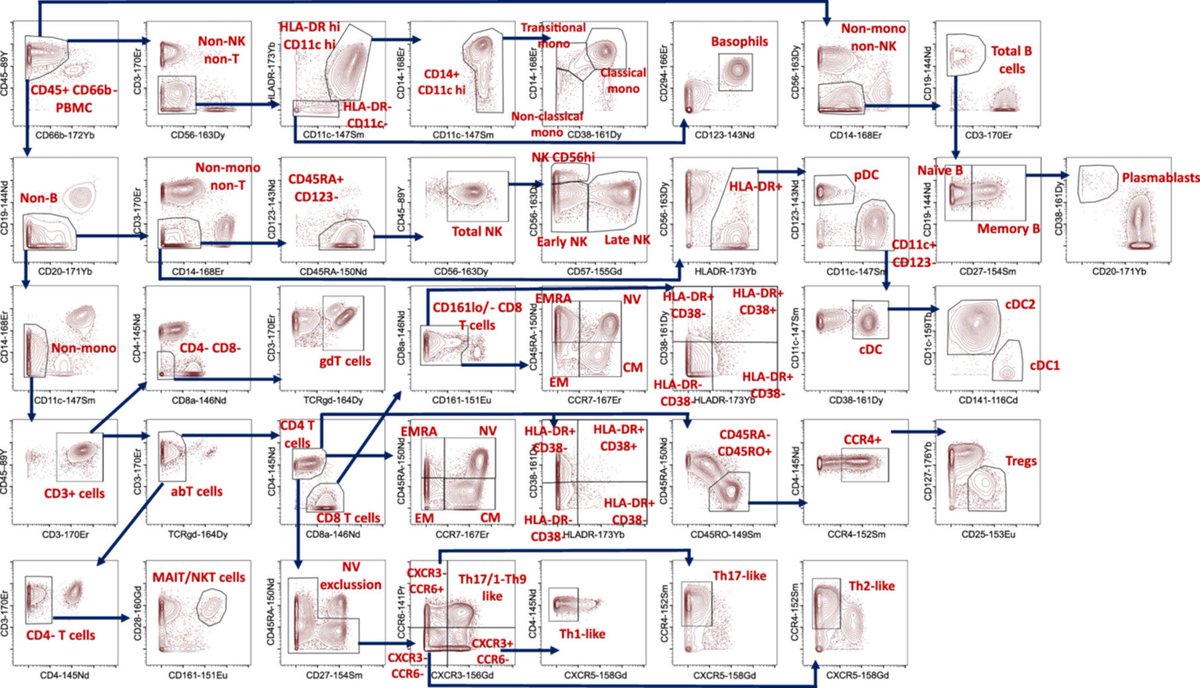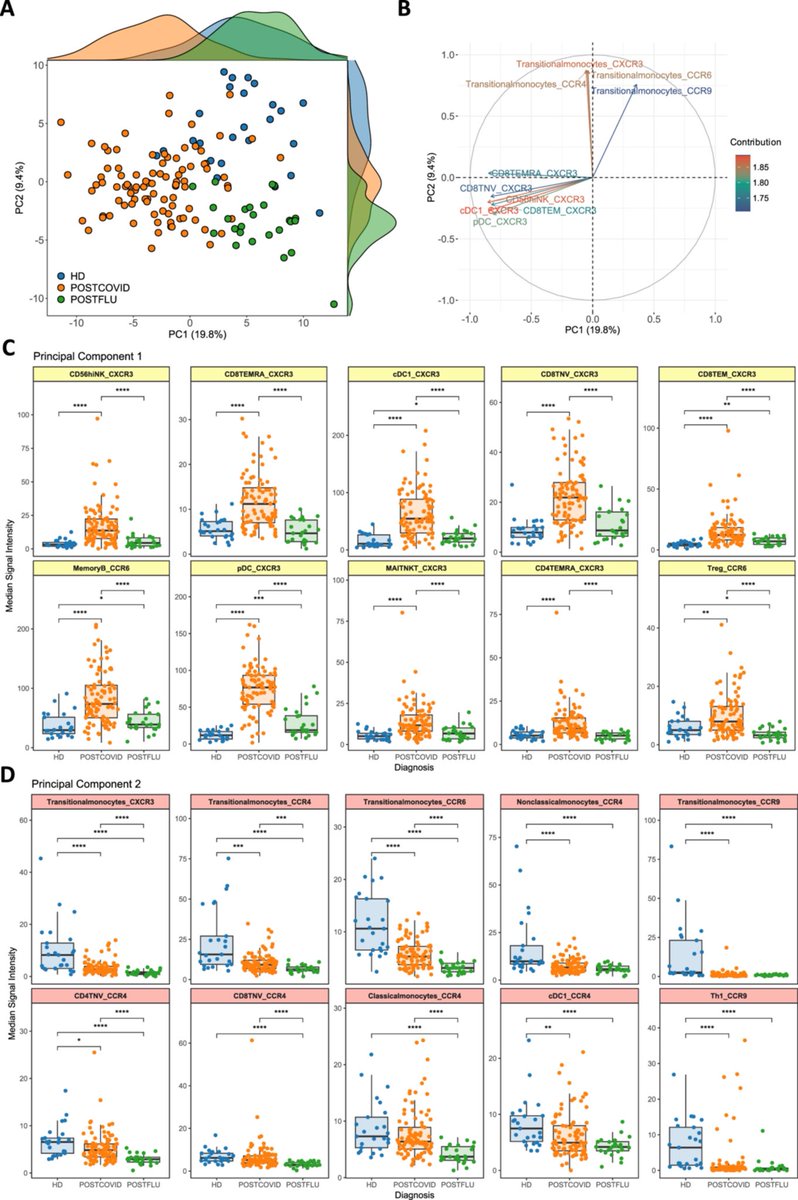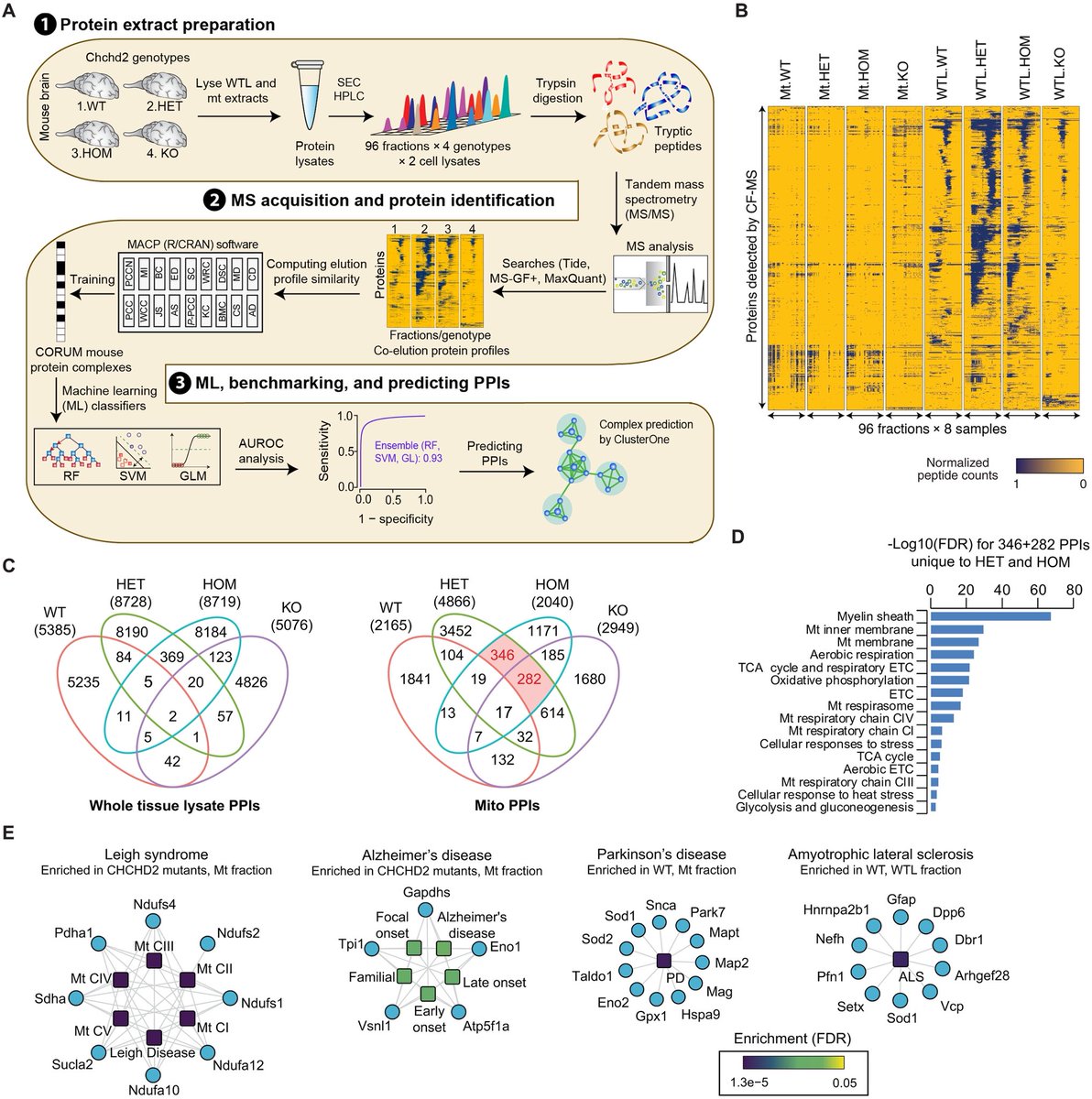Have we reached to the peak of 2nd #Covid wave in India? May be, yes! Its already 2.5 months in to it. Most badly affected countries peaked within 1.5-3 months of onset of a new surge. Is it too early to comment? 1/ 



More interesting would be to see which way our curve goes: the UK/Israel or the US way! While both UK/Israel took 1.5-2 months to flatten their curves w/ strict lockdowns & aggressive vaccination, US had a long plateau (>3.5 months) 2/ 

However, there is heterogeneity in caseloads: While states like MH, UP, CG, PB, DL are showing ⬇️ in case load, some southern & eastern states (KA, KL, AP, TN, WB, ) still reporting cases in high numbers! What is driving Covid in these states? 3/ indiatoday.in/coronavirus-ou… 

Different variants (VOC) are circulating in diff states of India. While it is #B1617 is in MS & neighboring states, #B117 in PB, DL & northern states, Delhi & #B1618 in WB & eastern states outbreak.info/situation-repo… 4/ 

Now, a new variant having #N440K spike substitution is believed to be behind the sudden rise of cases in southern India, particularly in KA, KL, AL & Telangana. Some believe it is believed to be 15 times more lethal than the earlier ones 5/ biorxiv.org/content/10.110… 



So, what lies in store for #India? The few key factors that may extend India's suffering for a prolonged period:
1-lack of strict #lockdowns: having halfway yo-yo lockdowns are not the answer!
2-sluggish #inoculation drive: still only 2% of the population received 2-doses! 6/
1-lack of strict #lockdowns: having halfway yo-yo lockdowns are not the answer!
2-sluggish #inoculation drive: still only 2% of the population received 2-doses! 6/
3-rampant circulation of #variants: not sure which one is the main driver!
4-limited #sequencing: only 1% of isolates sequenced!
5-modestly efficacious #vaccines: unlike the other 3 countries
6-lack of #effectiveness data on currently employed vaccines: so, driving blindly! 7/
4-limited #sequencing: only 1% of isolates sequenced!
5-modestly efficacious #vaccines: unlike the other 3 countries
6-lack of #effectiveness data on currently employed vaccines: so, driving blindly! 7/
What could be the saving grace? Hoping the rapid descent follows the explosive ascent! And the virus, mutating at a staggering pace, might be heading for an evolutionary cliff all on its own. Amen! 8/
bbc.com/future/article…
bbc.com/future/article…
One interesting thing to note: All the three countries had 3 waves, the last surge the severest!
• • •
Missing some Tweet in this thread? You can try to
force a refresh


